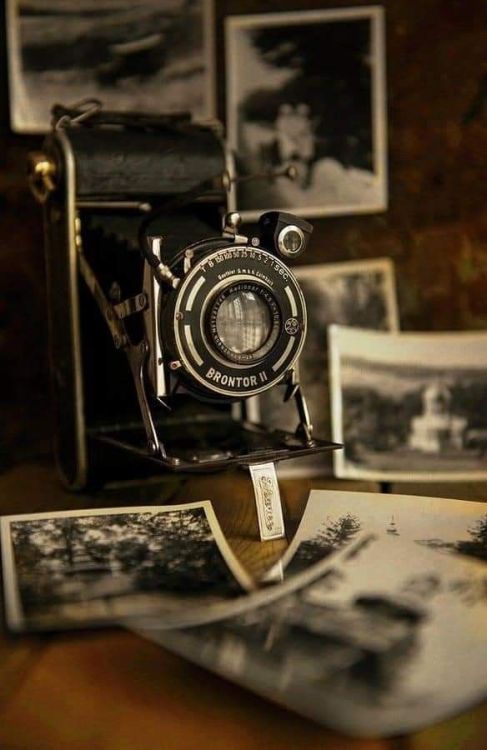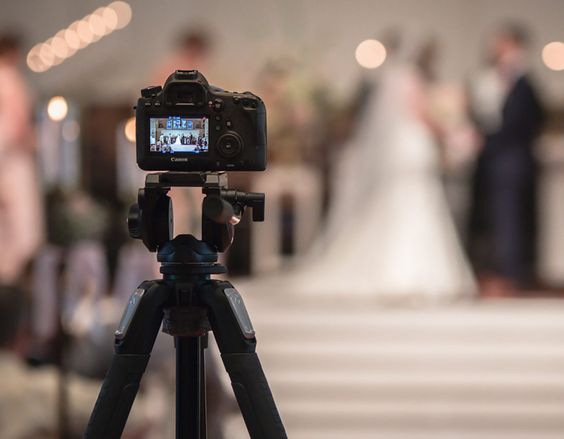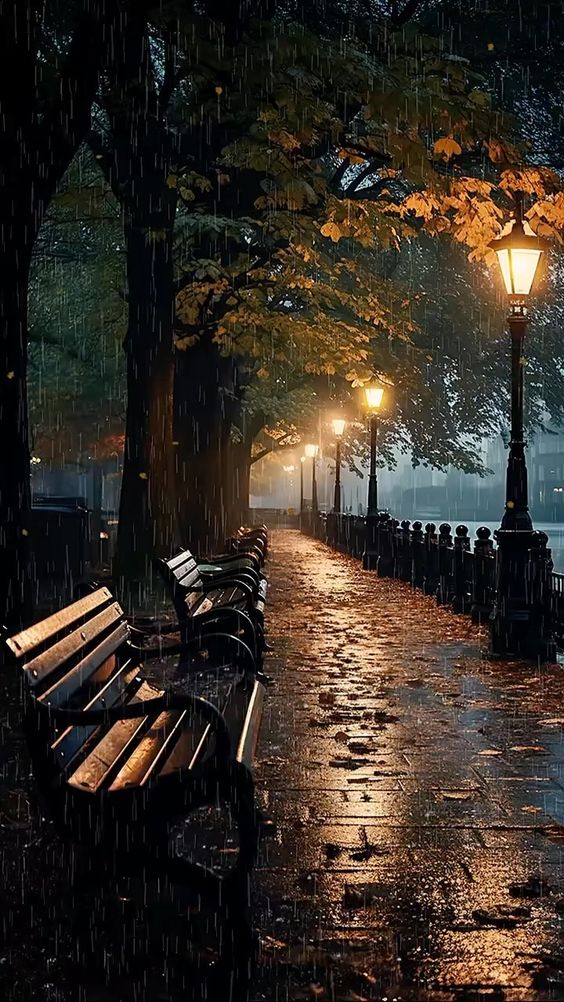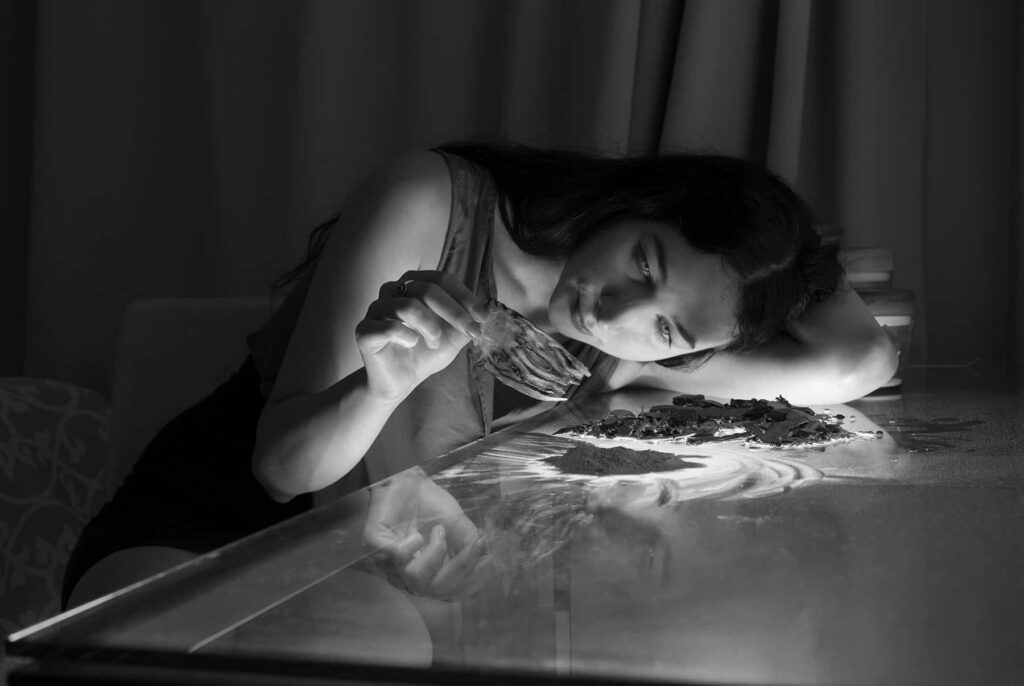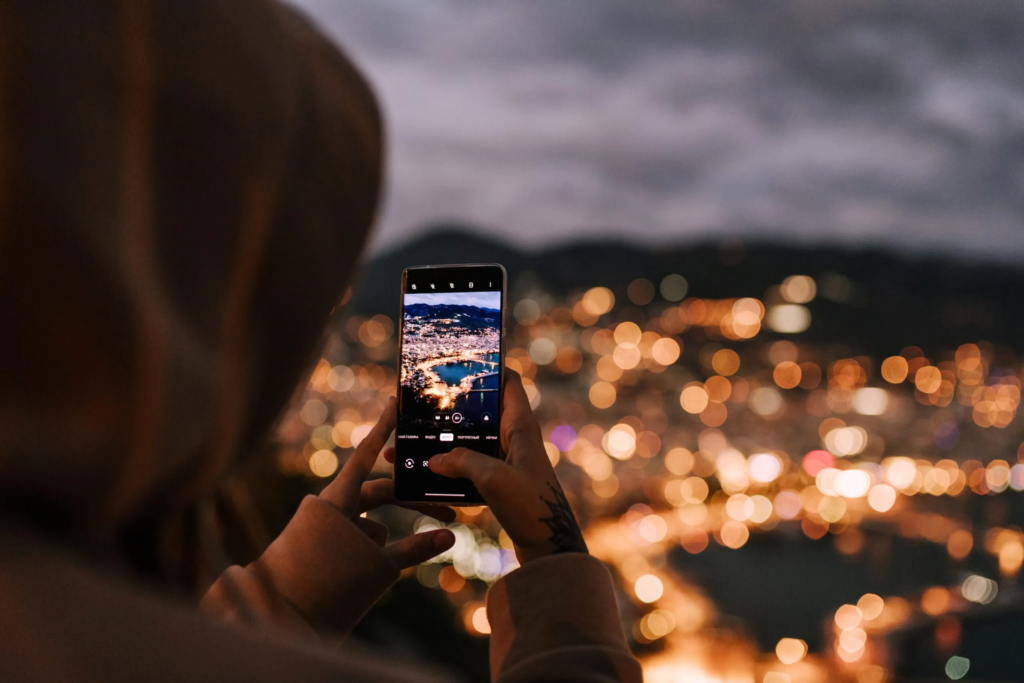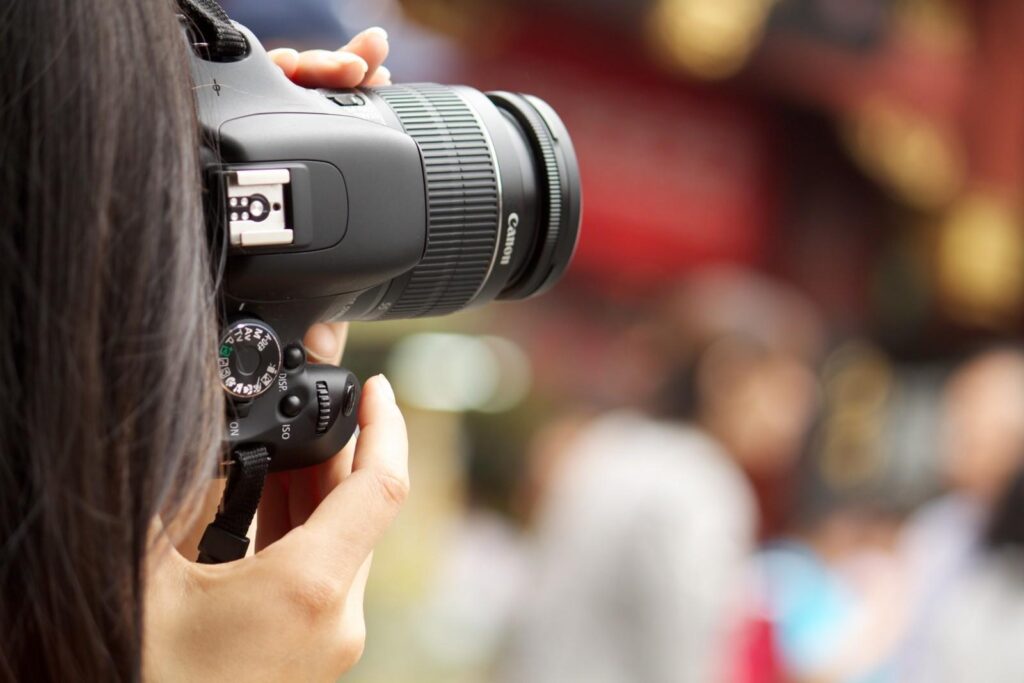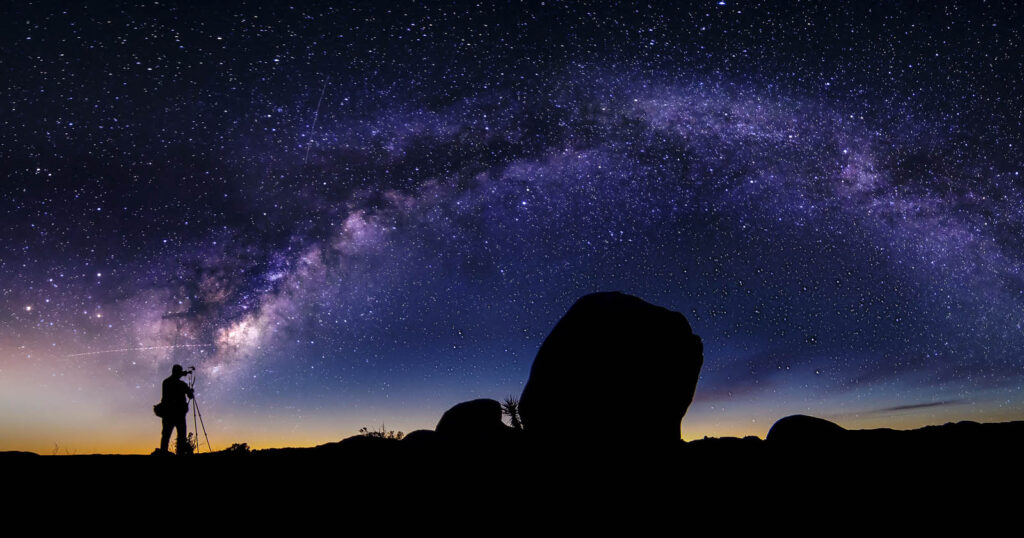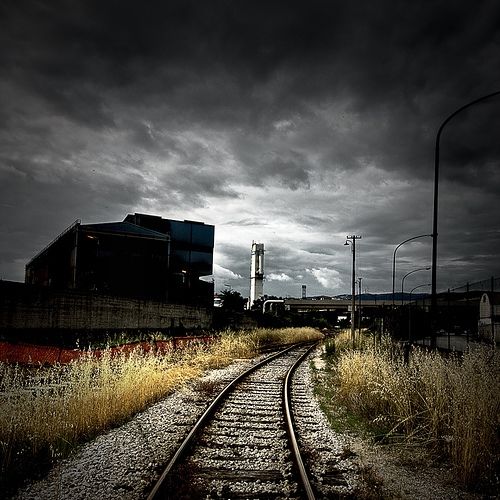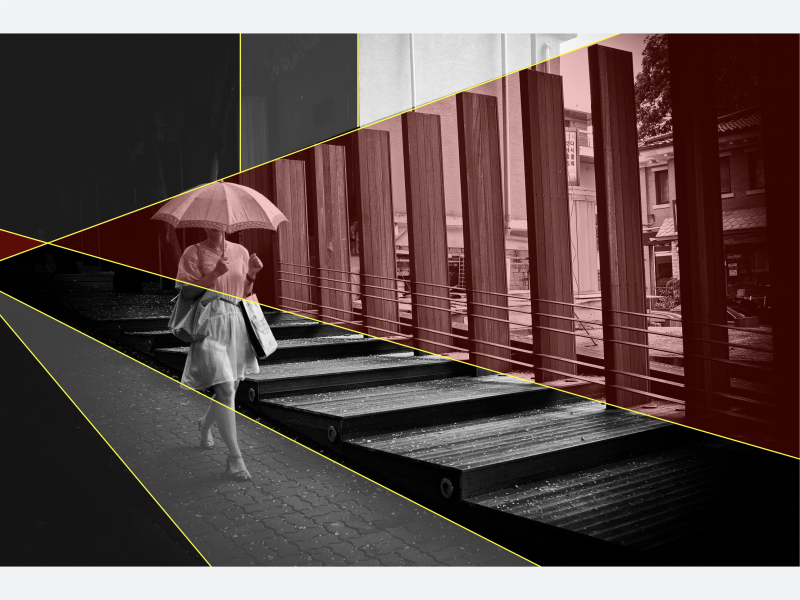Photography has always been an effective medium for narrating stories and preserving moments in time. Photos are often viewed as time machines and as a means of returning to a particular point in time that you were able to record using light.
The amazing art form of wildlife photography, in particular, allows to record and convey the majesty and beauty of the natural world. Also, wildlife photography has the potential to be a highly useful instrument for conservation efforts. In Yvette Heiser Wonders Captured The Power of Wildlife Photography in Conservation, he talks about the importance of conservation through wildlife photography:
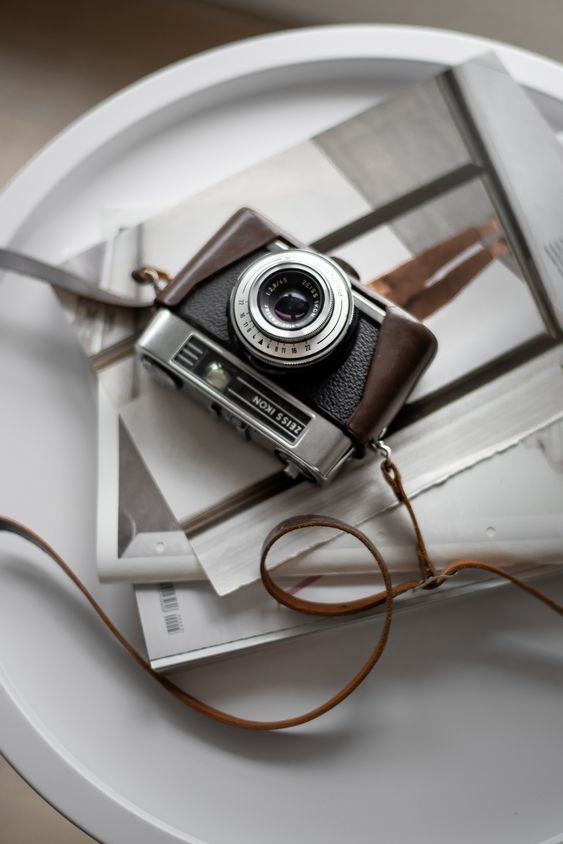
A powerful tool for awareness
It takes more than merely sharing an excellent photograph or winning first place in a major competition for photography to truly contribute to conservation. Encouraging narrative and context explanation of the significance of the conservation of the featured species is important.
Photographs depicting the natural world or those working to preserve it can inspire action that supports conservation efforts and help bring attention to conservation challenges. Visual representation helps people experience a scene through the photographer’s eyes, which usually provokes responses more quickly.
For scientific research and photography
When it comes to taking pictures for various studies and sectors, wildlife photography is an essential instrument in scientific study. Wildlife Photography has helped scientists make important discoveries in a variety of fields. It includes the study of the microscopic world and remote digital cameras that capture animal behaviors that people would never otherwise witness.
Researchers can use photography to track changes in landscapes and ecosystems over time, investigate the habits and habitats of endangered species. It also helps identify the regions that most require conservation efforts.
Photos can help motivate
Taking nature photos might encourage individuals to participate actively in conservation initiatives. It is difficult to come up with anything better than a striking wildlife photo that also has a deep significance or message.
Like in Yvette Heiser Texas views on hiring a professional wedding photographer, where the importance of wedding photographers is emphasized, this shows the importance of professional wildlife photographer. Photographers can impart their enthusiasm and knowledge to others through seminars, exhibitions, and educational programs.
Climate change and wildlife photography
Photos can be a very effective technique for bringing environmental issues and their effects on the world to the public’s attention and encouraging climate change action. Photographs captivate people with their visual attractiveness, and their emotional resonance motivates them to take action.
When narrating the tale of a specific environmental campaign or issue, photographs can be powerful. Consider the current Australian bushfire coverage, for example. People all throughout the world got inspired to action after seeing the heartbreaking photos of burning woods and burned wildlife. This increased awareness of the catastrophic effects of climate change and wildlife conservation.
Final thoughts
When used properly, wildlife photography is an effective tool for conservation, raising awareness of important issues and inspiring people to take action to save animals in danger. According to Yvette Heiser, if you are interested in inspiring people to conserve wildlife, then wildlife photography can be the best choice.

